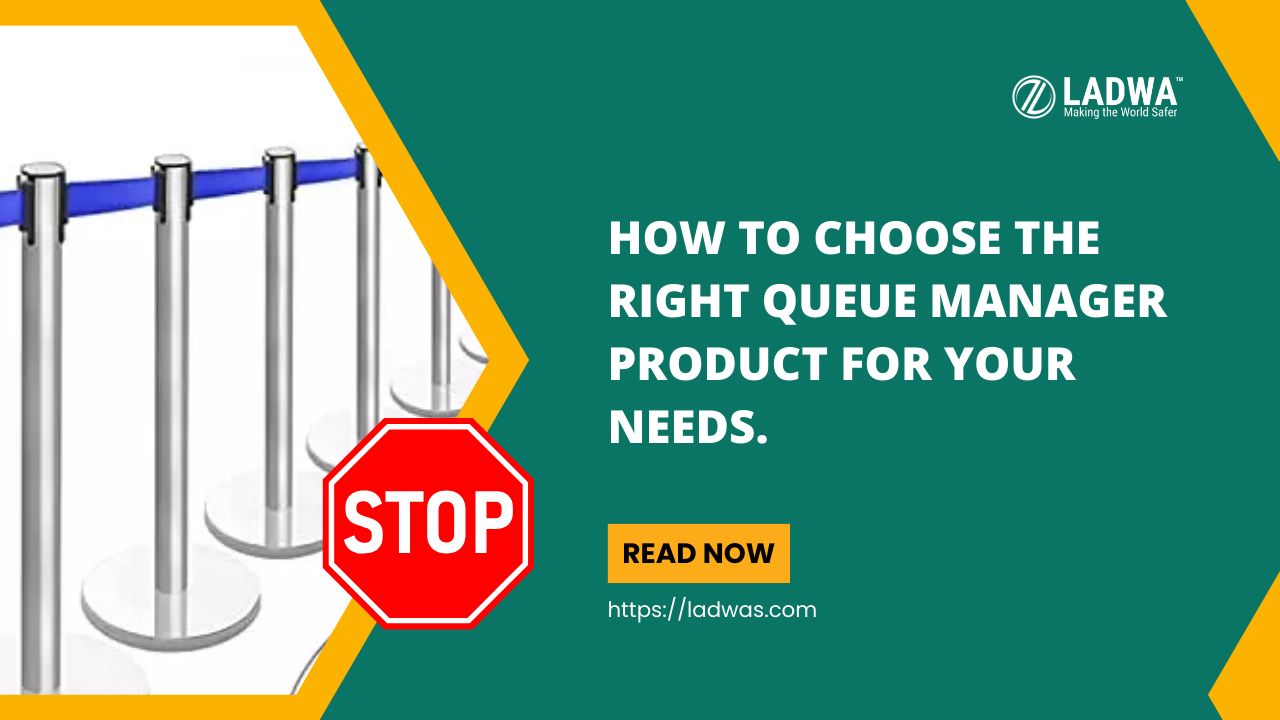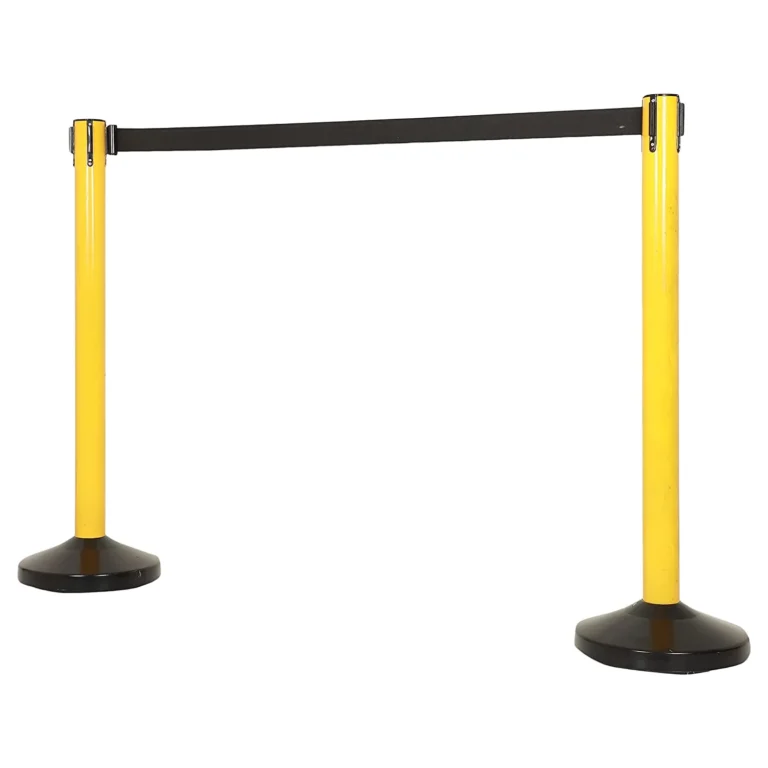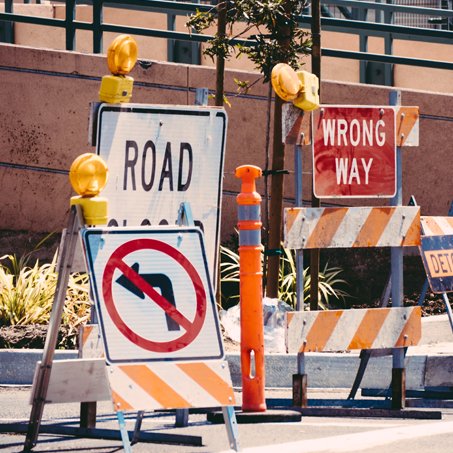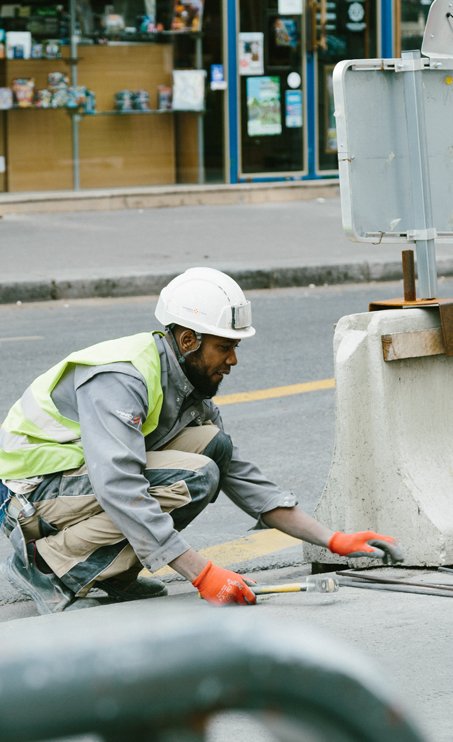Introduction
Managing customer queues efficiently is critical for events, retail stores, banks and more. But with so many options, how do you choose the right queue manager system?
An effective queue management solution can optimize customer flow, improve crowd control and enhance safety. The wrong product can disgruntle customers and create bottlenecks. Selecting queue stanchions, retractable belt barriers or other tools requires careful consideration of needs, space and budget.
In this blog, we’ll explore key factors in choosing the ideal queue manager for your specific environment. With the right system, you can promote order, reduce wait times and demonstrate respect for patrons and attendees. Read on to learn how assessing your requirements in terms of capacity, portability and durability can lead to effective queue management and a smoother customer experience.
Understanding Your Queue Manager Requirements
Define Your Space and Crowd Size
Identify Your Specific Needs
Queue manager products come in many forms including retractable belt stanchions, pillar posts, rope/belt barriers and more. Identify requirements like indoor vs. outdoor use, temporary vs. permanent installation, and frequency of use. Some systems like freestanding chrome pillars work well indoors. Rope/belt stanchions with weighted bases are better for outdoor setups. If managing queues daily, durability is key. For occasional events, portable and customizable options may suffice. Define must-have features to narrow the choices.
Types of Queue Manager Products
A key benefit of Ladwa’s spring posts is their flexibility and resilience upon impact. Made of durable high density polyethylene, the posts bend when a vehicle hits them then bounce back into place. This flexibility prevents damage to vehicles by absorbing the impact rather than causing dents, scratches or broken headlights.
The spring posts’ ability to flex also minimizes damage to the posts themselves as well as surrounding infrastructure like walls or barriers. Rigid posts made of steel, concrete or wood would chip, crack or shatter when struck by a vehicle. This can lead to costly repairs and replacement.
Ladwa’s sturdy yet flexible posts withstand multiple impacts without compromising their structure. Their resilience saves on maintenance costs while also promoting safety by preventing detached shards or protruding edges. For parking facilities, the flexibility and impact resistance of Ladwa’s spring posts are key assets that maintain a safe environment.
Traditional Queue Poles
The classic queue pole design involves vertical posts connected by ropes or belts to guide patrons in an orderly line. These stanchions come in a range of materials like plastic, chrome, stainless steel or brass. Pole colors like black, silver, gold allow matching venue aesthetics. Custom options include pole branding, number plates, and retractable belts. Their slim profile makes poles suitable for most indoor settings.
Rope Barriers
Rope barriers provide an elegant way to define queues at airports, theaters, banks and more. Nylon, polyester or velvet ropes come in various colors and thicknesses. Ropes can be held by chrome or brass poles or attached using hooks, clamps or eyebolts. High quality materials and connections ensure reliability. Rope barriers work well outdoors and offer quick setup/takedown.
Stand Designs
Stands play a key role in queue management by anchoring pole and rope systems. Common options include rectangular stainless steel stands, circular or square plastic bases, and portable foldable stands. Larger free standing stands allow flexible positioning indoors and outdoors. Sturdy water-filled bases keep stands firmly planted on outdoor surfaces. Consider stands that match the poles for a cohesive look.
Price Range for Queue Manager Products
Queue management products range widely in price from budget-friendly to premium solutions. Basic plastic crowd control poles and ropes start under $100. Chrome pillars and stanchions run $150 to $500. Larger modular systems and custom branded poles cost several thousand dollars. Rental options can provide short-term solutions without major investment. Assessing needs upfront ensures you don’t over or underspend. Ladwa offeres queue manager products on rent for events, temporary retail shops, malls, airports etc. Rental solutions help manage crowds without purchasing equipment.
Long-term Investment vs. Short-term Solutions
Consider a long-term investment if managing queues daily or relying heavily on the system. Opt for durability and customize details like pole branding. For occasional events or temporary volume surges, rental or portable solutions may suffice. Purchase less expensive products in these scenarios, but don’t compromise too much on quality and crowd capacity. Work with reputable suppliers like Ladwa when opting for short-term solutions.
The ideal budget balances your specific requirements and frequency of use with quality and convenience. Define must-have features before shopping and consult queue management experts for advice.
Queue Manager Product Features and Customization
Key Features to Look For
When evaluating queue management products, look for key features that facilitate smooth crowd control:
- Durability – Seek weather/rust-resistant materials like stainless steel. Check component quality like pole connectors.
- Easy Setup – Favor quick assembly with little tools needed. Retractable belt posts and modular systems offer fast setup/takedown.
- Portability – Wheeled carry cases and folding/stackable stands increase portability for events.
- Flexibility – Customizable and modular components allow rearranging queues.
- Visibility – Bright colors and reflective materials improve visibility. Choose pole/rope colors that stand out.
Customization Options
Customization promotes branding and optimizes the queue system for specific environments. Common options include:
- Custom logos – Print or engrave logos onto poles, stands or number plates.
- Color customization – Match venue aesthetics with custom pole, rope and stand colors.
- Pole signage – Add digital displays or printable sign holders for event notices.
- Numbering – Sequential numbering on poles helps manage multipurpose queues.
- Size – Choose from standard, tall, jumbo and outdoor pole sizes.
Work with suppliers offering comprehensive customization so your queues support your brand and operational needs.
Case Studies:
Retail Store Queue Management
A chain of retail stores needed to manage customer queues more efficiently during peak shopping periods. They chose a modular system of retractable belt stanchions which could be quickly set up as needed. The chrome pillars complemented store decor while colored belt barriers allowed designating separate queues. Easy-roll bases made it simple to reposition queues when needed. After implementation, the stores saw a 22% increase in customer volume handled during peak hours.
Airport Queue Management
A busy airport faced bottlenecks as passenger volumes surged. They added a mix of wide belt stanchions and tensioned rope barriers in key areas like check-in and security. Sturdy bases kept these queue solutions firmly in place despite heavy foot traffic. Tall poles with reflective strips improved visibility across the terminal. Matching each area’s color scheme promoted their brand. The new queue layout resulted in smoother passenger flow, shorter wait times, and lower staffing needs.
These examples show how customizable and durable queue management rolls systems can optimize operations in diverse environments when properly matched to specific requirements.
Conclusion:
Choosing the best queue manager product requires carefully assessing your specific requirements in terms of venue, crowd size, indoor/outdoor needs and budget. Key considerations include durability, ease of setup, customization options and overall quality. Invest in solutions that both facilitate orderly flow and suit your brand aesthetics.
By identifying must-have features and clearly conveying needs to suppliers like Ladwa, you can implement an optimized system. Proper queue management promotes safety, improves customer experience and demonstrates professionalism.
To explore Ladwa’s full range of crowd control products available for purchase or queue management rentals, visit our website at https://ladwas.com/ . The Ladwa team can also advise on options best suited for your unique environment and operations. With the right queue management system backed by reliable support, you can handle customer queues smoothly during your busiest events.










